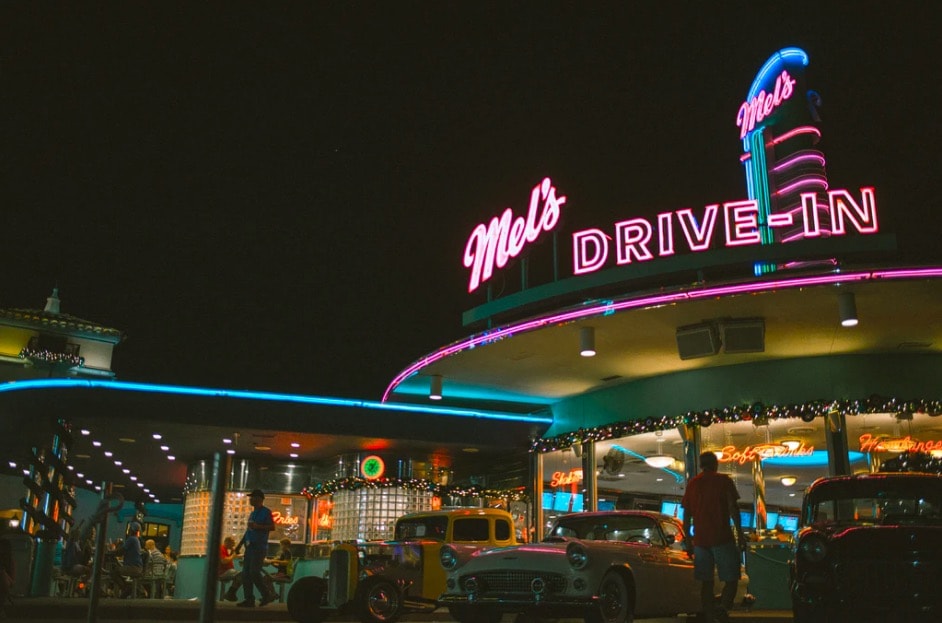Drive-in movie theatres have become a staple source of entertainment across the globe, providing a unique film-watching experience. It was once synonymous with the American dream but has this beloved pastime begun to disappear, and what does the future hold for the drive-in theatre?
Humble beginnings
The first drive-in theatre opened over 75 years ago in 1933 and was started by a man known as Richard Hollingshead in Camden, in the United Kingdom and not in the United States, and only cost 25 cents to enter. Although this idea was not his own, Hollingshead gave it a name and greatly popularized the pastime. He began his enterprise by creating a ramp system that would allow people to park at differing elevations for easy viewing and would go on to perfect and patent his system in May of 1933.

The big boom
After Hollingshead, Shankweiler’s opened a drive-in in Orefields, Sweden, and only a few popped up all over the globe. That was until the in-car speaker system became popular in the 1940s, which helped spread accessibility to people who previously could not afford to experience drive-in theatres, and in the ‘50s the drive-in theatre hit its peak popularity. It was marketed as better than regular theatres as you could bring your babies and small children and you could sit in your own car. They became the flexible entertainment that everyone could enjoy.
The competition
Drive-in theatres were the next big thing but they still had fierce competition from indoor theatres. Indoor theatres were a lot more flexible with scheduling their screenings and could play movies during the day and the night. They were guaranteed to get the newest films from studios as they could sell more tickets. In reaction to this, the drive-in theatres could only play B movies, which helped the theatres stay alive during tougher times.
The start of the end
Throughout the ‘50s and ‘60s, drive-in theatres were still widely popular and boasted the United States alone over 1300, but ultimately it wouldn’t be indoor theatres that would cause the downfall of drive-ins, rather it was the land. Most drive-ins were constructed on the outskirts of small towns, under the stars and away from the main town centers, but when towns began to expand, they needed that land that drive-ins used. Town officials needed to choose between entertainment or necessary projects like housing, schools, and other important infrastructure. This coupled with movie renting businesses and home entertainment systems lead to the quick downfall of a once huge sector of the entertainment industry.

Where are they now?
Today there are roughly 500 drive-in theatres in the United States and less than 800 worldwide, and they are only getting fewer. It is safe to say that drive-in theatres are a thing of the past. With people not wanting to buy and maintain cars, there is a dwindling target demographic. Drive-ins now also have the same competition that indoor theatres and movie rental businesses have, online streaming. It has become very easy to find exactly what you want to watch and watch it from the comfort of home, on laptops, and even phones. Some business experts believe that the only way that drive-in theatres could survive is if they became a unique experience that uses nostalgia to market their businesses, but even then, a resurgence is unlikely.
Although drive-in theatres may be on their way out, they still had a huge cultural impact that cannot be understated, and they will be sorely missed.










